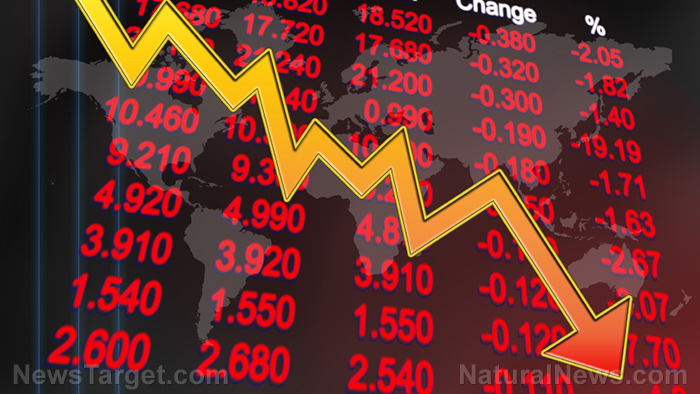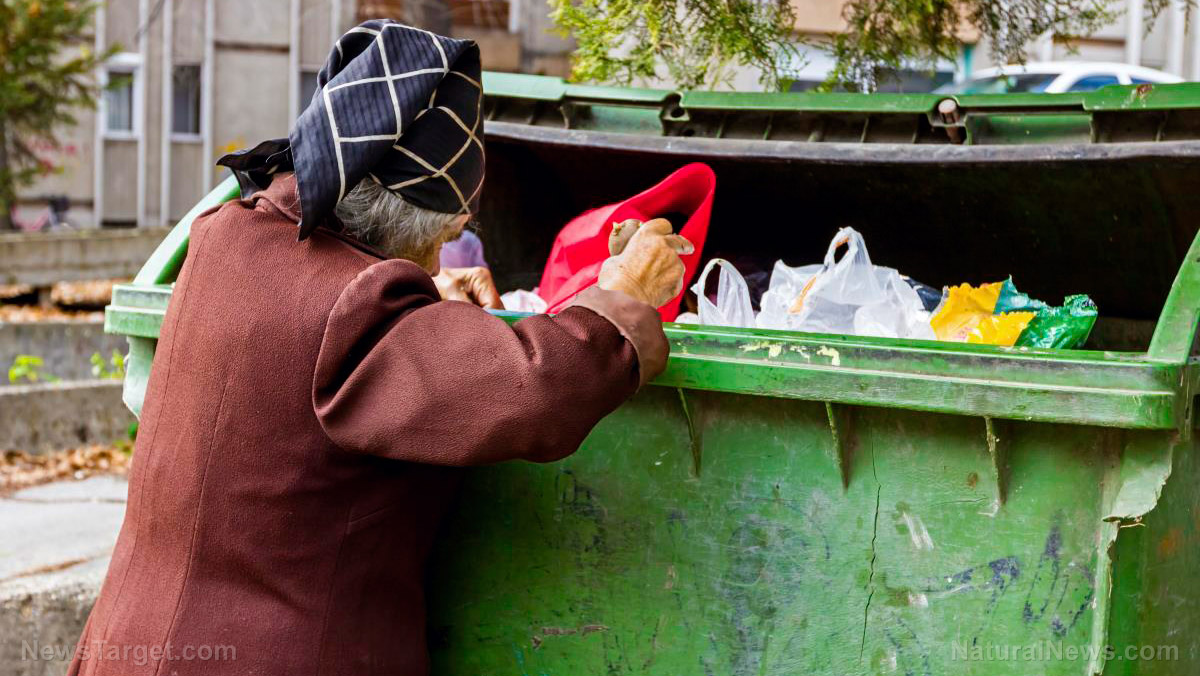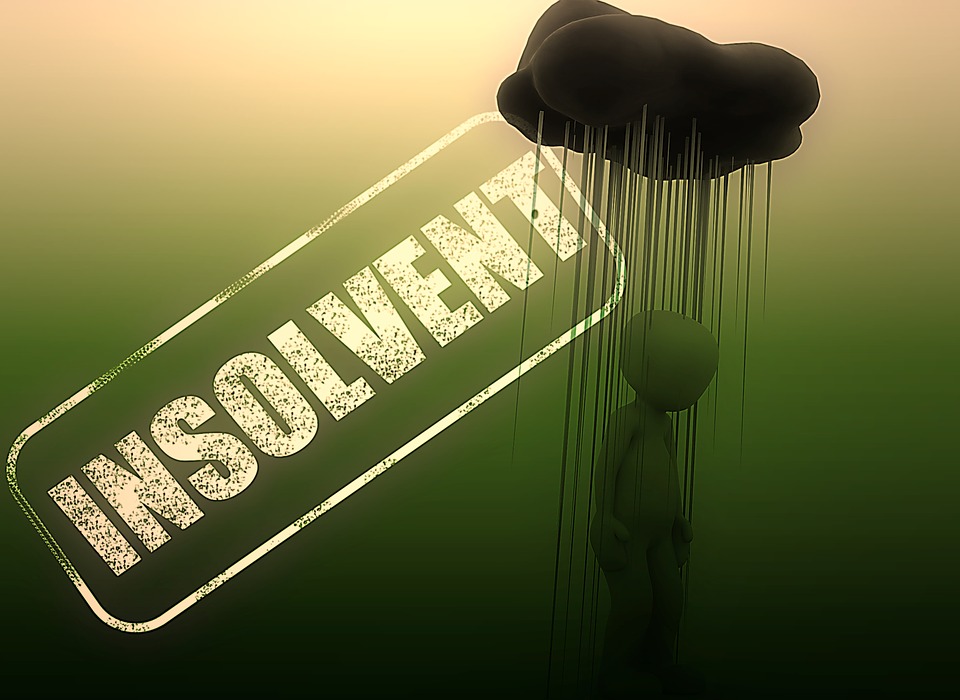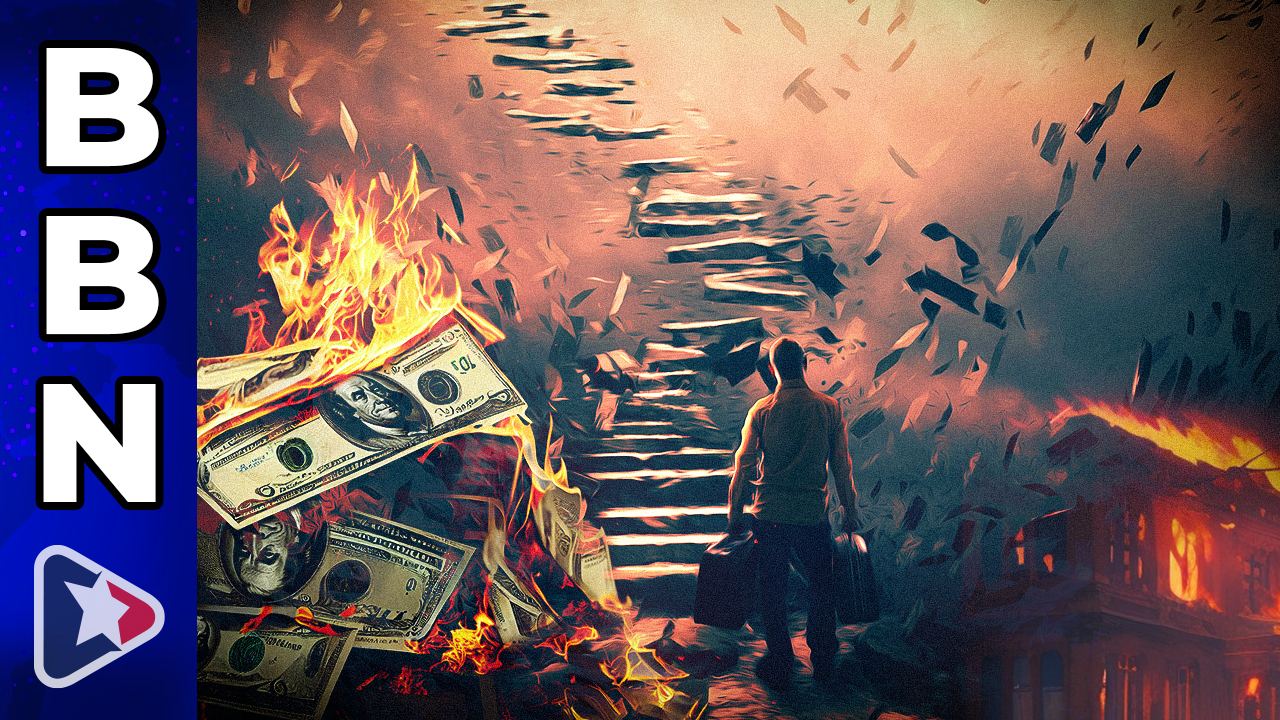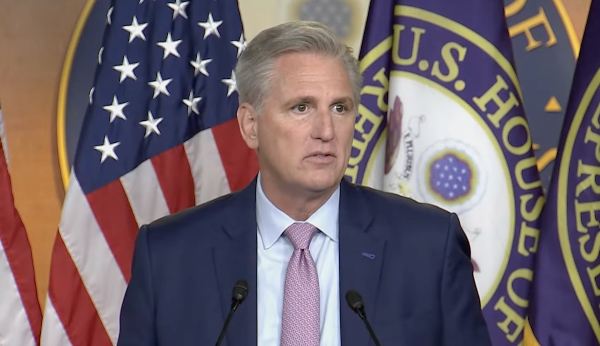The banking collapse of 2023 is now officially bigger than the banking collapse of 2008
05/03/2023 / By News Editors

Yes, you read the headline correctly. Collectively, the three big banks that have collapsed in 2023 had more assets than all 25 banks that collapsed in 2008 did. Unfortunately, the banking collapse of 2023 is far from over. We still have eight more months to go before this year is done, and many more banks are currently teetering on the brink of disaster. Executives at those banks are telling us not to worry, but of course executives at First Republic were issuing similar assurances just last week. Personally, I had heard that First Republic supposedly had enough reserves to keep going for months. But that was a lie, and now First Republic is toast. The following comes from the official statement that the FDIC issued when it took over the bank…
(Article republished from TheEconomicCollapseBlog.com)
First Republic Bank, San Francisco, California, was closed today by the California Department of Financial Protection and Innovation, which appointed the Federal Deposit Insurance Corporation (FDIC) as receiver. To protect depositors, the FDIC is entering into a purchase and assumption agreement with JPMorgan Chase Bank, National Association, Columbus, Ohio, to assume all of the deposits and substantially all of the assets of First Republic Bank.
JPMorgan Chase Bank, National Association submitted a bid for all of First Republic Bank’s deposits. As part of the transaction, First Republic Bank’s 84 offices in eight states will reopen as branches of JPMorgan Chase Bank, National Association, today during normal business hours. All depositors of First Republic Bank will become depositors of JPMorgan Chase Bank, National Association, and will have full access to all of their deposits.
The government was not going to allow just anyone to snap up the assets of First Republic.
JPMorgan Chase was one of the institutions that was invited to make a bid, and they came out of this process as the big winners…
JPMorgan is getting about $92 billion in deposits in the deal, which includes the $30 billion that it and other large banks put into First Republic last month. The bank is taking on $173 billion in loans and $30 billion in securities as well.
The Federal Deposit Insurance Corporation agreed to absorb most of the losses on mortgages and commercial loans that JPMorgan is getting, and also provided it with a $50 billion credit line.
In addition to providing JPMorgan Chase with a 50 billion dollar credit line, the FDIC will also take a loss on this deal of approximately 13 billion dollars. So they are definitely one of the big losers in this deal…
The FDIC estimates that the cost to the Deposit Insurance Fund will be about $13 billion. This is an estimate and the final cost will be determined when the FDIC terminates the receivership.
Needless to say, the biggest losers of all are the shareholders of First Republic.
They got completely wiped out…
Stockholders got bailed in and wiped out. They’d already been mostly wiped out by Friday evening in one of the most spectacular stock plunges ever.
Holders of the unsecured subordinated bank notes got bailed in and wiped out just about entirely. This is a form of preferred stock. For example, the 4.625% bank notes, issued in 2017, traded at less than 2 cents on the dollar this morning, another spectacular plunge.
As I have always warned, you only make money in the stock market if you get out in time.
Shareholders of First Republic found that out the hard way.
In comments that he made after the deal was consummated, JPMorgan Chase CEO Jamie Dimon boldly declared that “this part of the crisis is over”…
“There are only so many banks that were offsides this way,” Dimon told analysts in a call shortly after the deal was announced.
“There may be another smaller one, but this pretty much resolves them all,” Dimon said. “This part of the crisis is over.”
And the U.S. Treasury is telling us that the U.S. banking system “remains sound and resilient”…
‘The banking system remains sound and resilient, and Americans should feel confident in the safety of their deposits and the ability of the banking system to fulfil its essential function of providing credit to businesses and families,’ a Treasury spokesperson said.
Does reading that make you feel better?
It shouldn’t.
They always offer such platitudes before things start getting really bad.
As I noted at the beginning of this article, the three banks that have collapsed so far this year were collectively bigger than all of the banks that collapsed in 2008 combined…
The three banks held a combined total of $532 billion in assets, which – according to the New York Times and when adjusted for inflation – is more than the $526 billion held by all the US banks that collapsed in 2008 at the peak of the financial crisis.
We are only one-third of the way through 2023.
And as Charlie Munger recently observed, many of our banks are absolutely packed with “bad loans” right now…
Charlie Munger believes there is trouble ahead for the U.S. commercial property market.
The 99-year-old investor told the Financial Times that U.S. banks are packed with “bad loans” that will be vulnerable as “bad times come” and property prices fall.
He is quite correct.
In particular, the collapse of commercial real estate prices threatens to create a massive tsunami of defaults…
Berkshire Hathaway, where Munger serves as vice chairman, has largely stayed on the fringe of the crisis despite its history of supporting American banks through times of turmoil. Munger, who is also Warren Buffett’s longtime investment partner, suggested that Berkshire’s restraint is partially due to risks that could emerge from banks’ numerous commercial property loans.
“A lot of real estate isn’t so good anymore,” Munger said. “We have a lot of troubled office buildings, a lot of troubled shopping centers, a lot of troubled other properties. There’s a lot of agony out there.”
As I keep telling my readers, we really are on the verge of the largest commercial real estate crash in all of U.S. history.
And as mountains of commercial real estate loans go bad, a lot more banks will start to go under.
The “too big to fail” banks will scoop up those that they like, while others are simply liquidated and go out of existence.
Ultimately, I believe that we are going to see a wave of consolidation in the banking industry like we never have before.
We are still only in the very early chapters of this crisis. Much worse is yet to come.
It is going to take a while for all the dominoes to fall, but each time another one tumbles over it will be a sign that the clock is ticking and that time is running out for the U.S. financial system.
Read more at: TheEconomicCollapseBlog.com
Submit a correction >>
Tagged Under:
2023 banking collapse, big government, Bubble, Collapse, commercial property market, crisis, debt bomb, debt collapse, economic collapse, economic riot, finance, finance riot, JPMorgan, loans, market crash, money supply, risk
This article may contain statements that reflect the opinion of the author
RECENT NEWS & ARTICLES
COPYRIGHT © 2017 RISK NEWS




